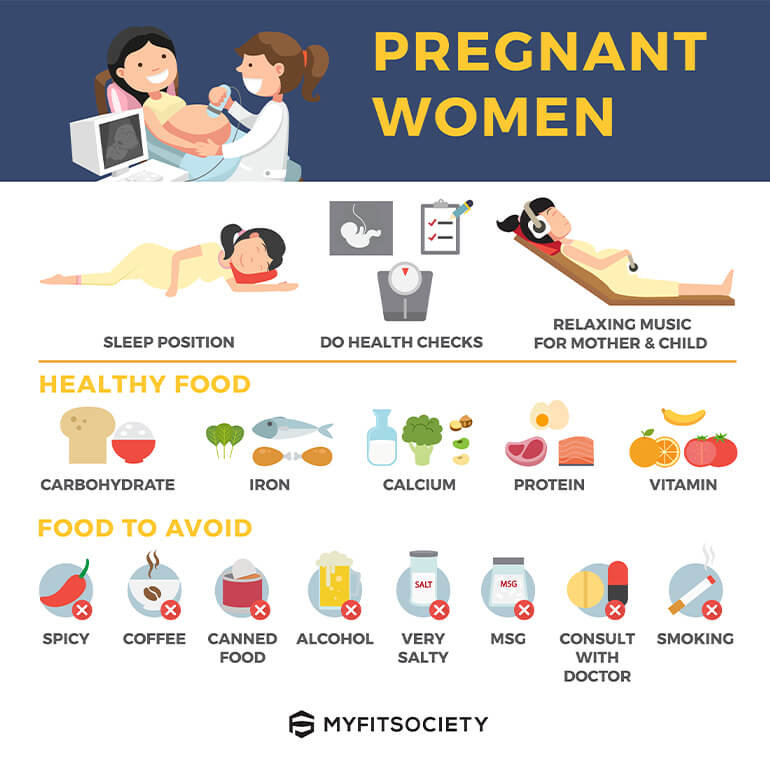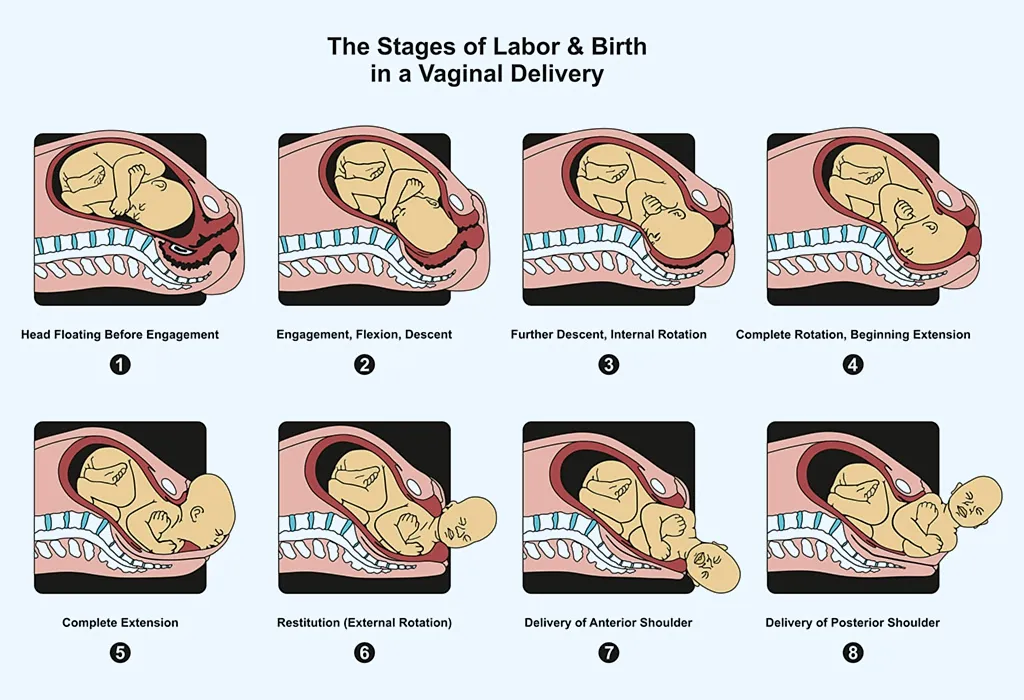One of the most natural sensations a woman may have is giving birth. On the other hand, normal birth is frequently viewed as a difficult and excruciatingly unpleasant process. It is due to a lack of understanding about the delivery process
Let us have an overview of normal delivery:
The terms normal delivery and vaginal delivery are frequently interchanged. Both phrases relate to the procedure by which a mother pushes her baby out of the birth canal.
Natural birth is a normal birth that occurs without the use of any medicines or procedures. Your doctor will generally go for normal delivery unless there is a valid medical reason.
What are the signs and symptoms of a normal birth?
Normal delivery symptoms vary depending on the phases of labor, which are:
The initial phase:
It is the first stage of labor when your cervix (uterine opening) gets opened. A pinkish or blood-colored discharge known as a “mucus plug” may appear. The cervix is generally held together by its covering. During early labor, you may have moderate contractions or pain. It can endure a few days, especially if you’re a first-time mom.
When your cervix gets opened up to 10 cm, you are in active labor. Your contractions will be more frequent and painful at this point. You will require hospital admission as soon as possible during this time. Active labor might last anywhere from 4 to 8 hours. Your gynecologist will encourage you to move by bouncing on the birthing ball or swaying from side to side to relieve discomfort and bring the baby down at this stage.
The last few contractions will get more intense as you approach near to delivering your baby.
The second phase:
You will feel the need to push, and after some time, your baby will be born. The WHO recommends clamping the umbilical cord between one and three minutes after birth.
The third phase:
After the infant is delivered, the placenta needs to be removed. As your uterus recovers to its standard size, you may continue to feel contractions.
Why should women choose a normal birth?
Childbirth is a natural process that should be allowed to run its course. In many respects, vaginal birth is beneficial to both the mother and the infant. It aids the mother’s recovery, allowing her to care for her baby sooner. As the infant passes through the birth canal, it gathers up beneficial germs to protect it from illness later on.
What can you do to improve your chances of having a normal delivery?
You can increase your chances of a normal delivery by doing the following things:
- Stay active during your pregnancy and increase your stamina and physical endurance. It will help you have smooth labor.
- Learning about the stages of labor and the signals that it’s time to go to the hospital

- An online program can teach you how to nurse and care for your infant.
So, if you have any doubts, then you should visit your gynecologist as soon as possible.
What should be your diet for a natural delivery?
Many women have morning sickness in the first trimester and can only consume a small amount of food. Along with that, excessive nausea causes you to eat less at this time. So, losing your body weight is natural.
Non-spicy foods and lemon juice may help you at this time to improve your condition. However, during the second trimester, your appetite will gradually return.
Along with all the medications and food supplements that your doctor has provided, you must include fresh fruits and vegetables in your diet. A diet enriched with protein and dairy products will help you in healthy delivery. Keep yourself hydrated throughout your pregnancy.
Now let us see how you can prepare for a Vaginal Birth?
There are a variety of activities which can help a normal delivery. Indulge yourself in mild to moderate exercise. You can walk in the evening. Avoid morning pollution; it will be good for both you and your unborn child.

You can practice simple yoga and meditation to stay healthy. It will help you to get relief from contraction discomfort.
But before starting any exercise, you must consult with your doctor first.

